15 Real Estate Markets That Face the Biggest Climate Threats This Summer

15 Real Estate Markets That Face the Biggest Climate Threats This Summer
Climate risk is heating up
Natural disasters like hurricanes, floods, tornadoes, droughts, windstorms, and fires affected one in 10 Americans in 2021. That's roughly 14.5 million households totaling an estimated $57 billion in property damage. While it seems climate threats are worsening each year across the board, certain real estate markets are more at risk than others. Here's a look at the 15 real estate markets facing the biggest climate threats this summer.
5 Stocks Under $49
Presented by Motley Fool Stock Advisor
We hear it over and over from investors, "I wish I had bought Amazon or Netflix when they were first recommended by The Motley Fool. I'd be sitting on a gold mine!" It's true, but we think these 5 other stocks are screaming buys. And you can buy them now for less than $49 a share! Click here to learn how you can grab a copy of "5 Growth Stocks Under $49" for FREE for a limited time only.
Previous
Next
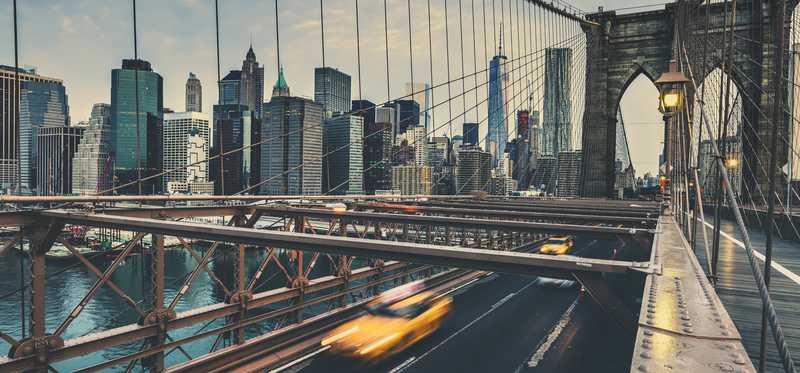
1. New York City
Hurricane Sandy is the most recent reminder of climate threats facing the most populated city in the United States. The storm left around 69,000 residential units damaged and thousands of households without power. Flooding due to tropical storms or hurricanes is the biggest concern for property owners here, with high-rise buildings and properties close to shore being the most at risk.
ALSO READ: How Will Climate Change Impact Homeowners Insurance in All 50 States?
Previous
Next

2. Miami
Miami is notorious for moderate to severe flooding after just a day of heavy rain. It's estimated as many as 30,000 homes could be severely impacted by flooding over the next 30 years.
The city is trying to combat rising sea levels with a $100 million project to raise roads, install pumps and water mains, and redo sewer connections. However, it still doesn't protect it from other climate threats, like hurricanes. The city has a 16% chance of experiencing a hurricane in a given year.
Previous
Next
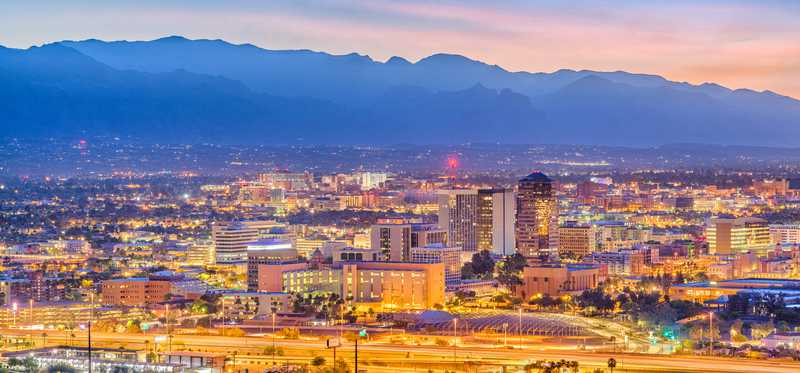
3. Tucson, Arizona
Floods and hurricanes aren't the only climate threats this summer. Fires can do tremendous damage, too. It's estimated that 68% of properties in Tucson will be severely impacted by wildfires, around 121,000 properties in total. The state's dry climate and hot summers, as well as an overabundance of fuels across Central Arizona, put it at high risk for wildfire threats.
ALSO READ: New Study Shows US Properties Face Widespread Risk of Wildfires
Previous
Next
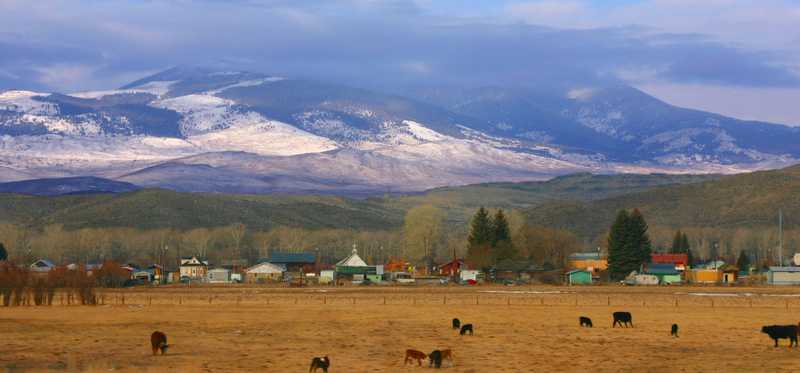
4. St. George, Utah
St. George, Utah, is a smaller city in southwestern Utah with a population of around 87,000 as of 2020. Known for its beautiful mountain views and abundant outdoor activities, the city is estimated to have 100% of its properties at risk for severe impact from fires over the next 30 years. A fire already broke out in early June near Virgin, Utah, a small town around 28 miles from St. George.
Previous
Next
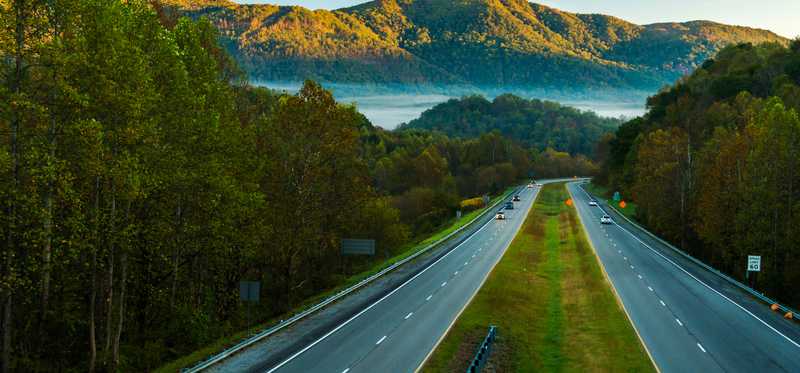
5. Appalachian Plateau
The Appalachian Plateau -- the region extending through Virginia, West Virginia, Kentucky, and Ohio -- is at heightened risk for flash floods. Heavy rains across its mountainous terrain can cause rivers to overflow and water to flow quickly toward the valleys where most of the cities and towns of this region are located. Since 1978, this region has had five 40-year floods.
5 Stocks Under $49
Presented by Motley Fool Stock Advisor
We hear it over and over from investors, "I wish I had bought Amazon or Netflix when they were first recommended by The Motley Fool. I'd be sitting on a gold mine!" It's true, but we think these 5 other stocks are screaming buys. And you can buy them now for less than $49 a share! Click here to learn how you can grab a copy of "5 Growth Stocks Under $49" for FREE for a limited time only.
Previous
Next
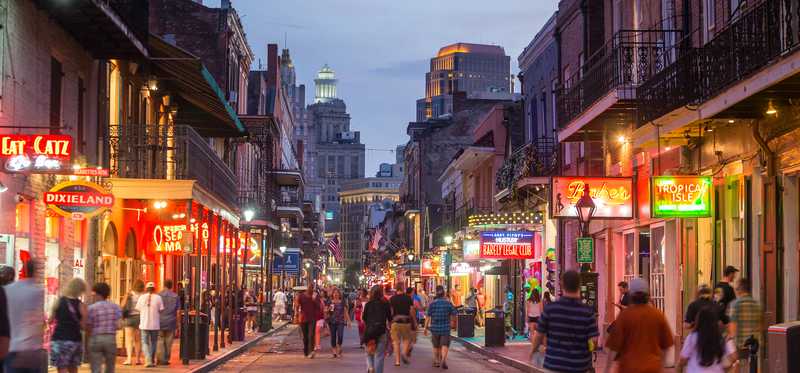
6. New Orleans
It's no surprise to see New Orleans on the list for climate risk. Hurricane Katrina decimated the city in 2005, taking the area over a decade to rebuild. The city has an estimated 84% probability of a named storm coming within 50 miles of the city in a given year. Thankfully, the chance of a severe storm hitting is only around 23%, and only about 2% of the properties in the city are expected to be severely impacted by flooding.
Previous
Next
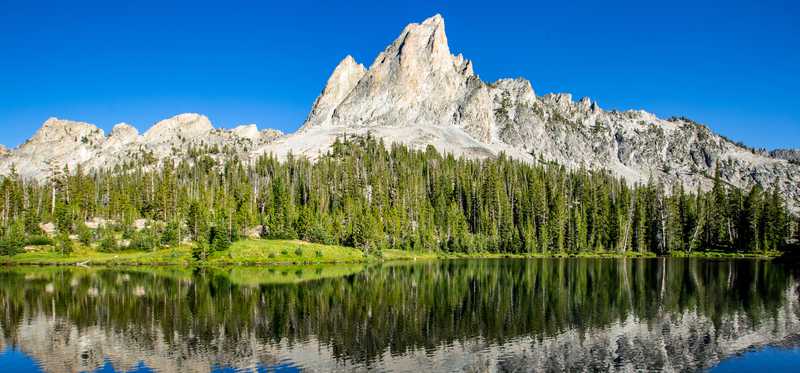
7. Clearwater County, Idaho
Clearwater County in rural southern Idaho is home to national forests, mountains, rivers, and valleys. Its dry climate and abundant forests make it prone to fires, with an estimated 100% of the properties for its approximately 8,000 residents at risk for severe wildfire-related impacts.
Previous
Next
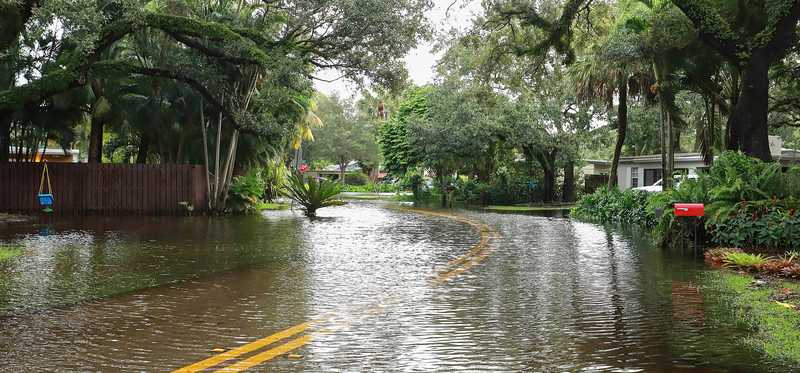
8. Shreveport, Louisiana
Not too far from New Orleans is Shreveport, a much smaller town in Louisana but still prone to the same risks as its much larger neighbor. The low-lying swamps surrounding the city make it susceptible to flooding, and its position along the shores of the Gulf of Mexico makes it a likely hit for storms or hurricanes.
Previous
Next
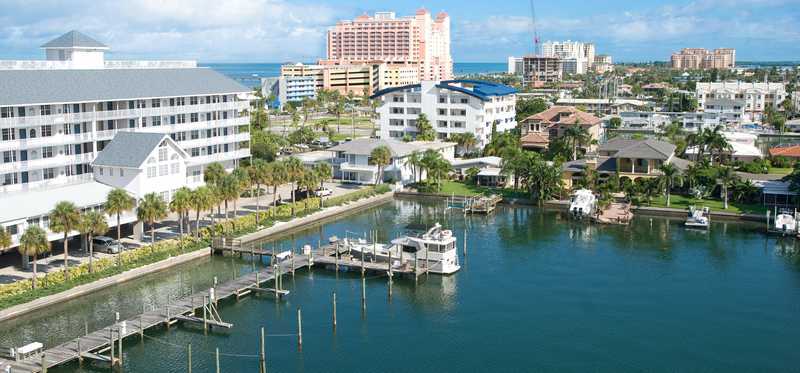
9. Cape Coral, Florida
Cape Coral, the city just southwest of Ft. Meyers, is considered the city with the highest risk for flooding in all of Florida. It's estimated that around 70% of its housing stock, about 90,000 homes, is at substantial risk of flooding. Being built around 5 feet above sea level isn't super helpful, not to mention the majority of the homes in the area are Gulf-front or on Intracoastal Waterways.
Previous
Next
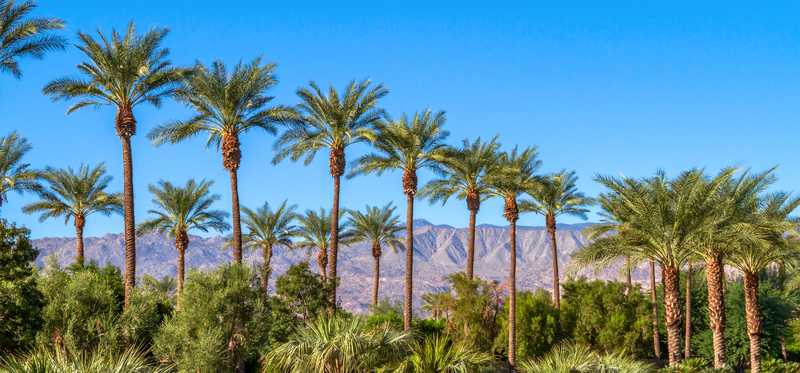
10. San Andreas, California
San Andreas is the town most susceptible to wildfires in all of California. Given that the state as a whole has some of the highest incidences of wildfires, with the Rices Fire breaking out just a few days ago on June 28, that says a lot. Its location near the Sierra Mountains, with its lush forestry and dry climate, makes it a hot spot for fires during the dry summer months.
5 Stocks Under $49
Presented by Motley Fool Stock Advisor
We hear it over and over from investors, "I wish I had bought Amazon or Netflix when they were first recommended by The Motley Fool. I'd be sitting on a gold mine!" It's true, but we think these 5 other stocks are screaming buys. And you can buy them now for less than $49 a share! Click here to learn how you can grab a copy of "5 Growth Stocks Under $49" for FREE for a 1limited time only.
Previous
Next

11. Shoshone, Idaho
Shoshone, Idaho, is a remote rural area of Idaho surrounded by forests and mountains. Like its neighboring states, its dry climate makes it susceptible to wildfires, with an estimated 100% of properties in the county being at severe risk of wildfires over the next 30 years.
Previous
Next
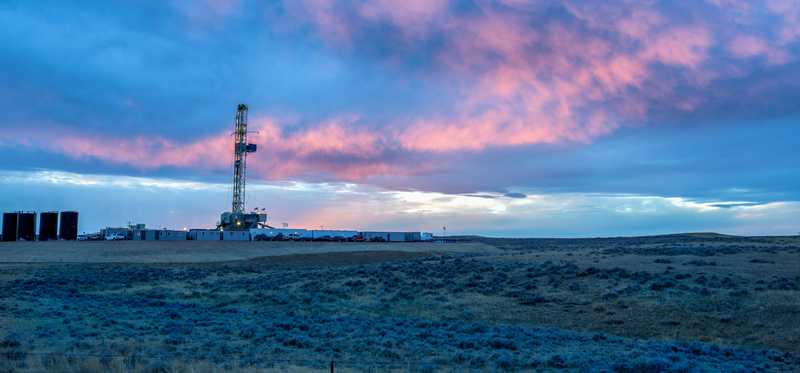
12. North Texas
Almost all of North Texas -- roughly 12 of the 20 counties -- are considered severely at risk for wildfires. Amarillo, Texas, the largest metropolitan area in the northern region, is predicted to have 99% of its properties impacted by fires over the next 30 years. Droughts and freezes have impacted the area in the past, but it seems wildfires pose the biggest threat for property owners in this area.
Previous
Next
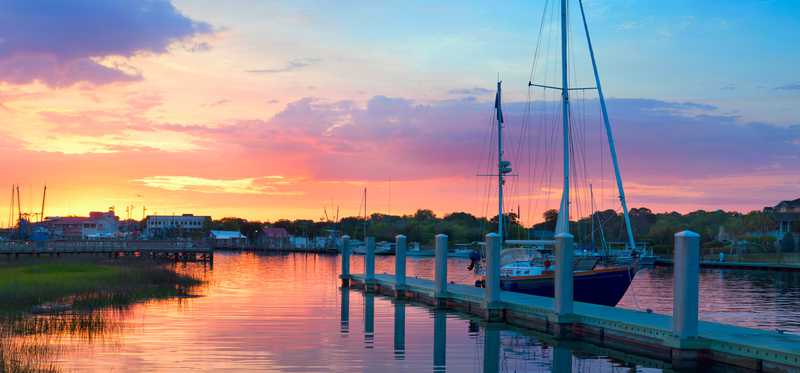
13. Charleston, South Carolina
The city of Charleston was built on the low-lying swamps surrounding the shores of South Carolina. High levels of rain at high tide can cause streets to flood across the city. Planners are trying to implement new building codes to prevent property damage caused by mild to severe flooding, but it's definitely a risk for older properties in flood-prone areas.
Previous
Next
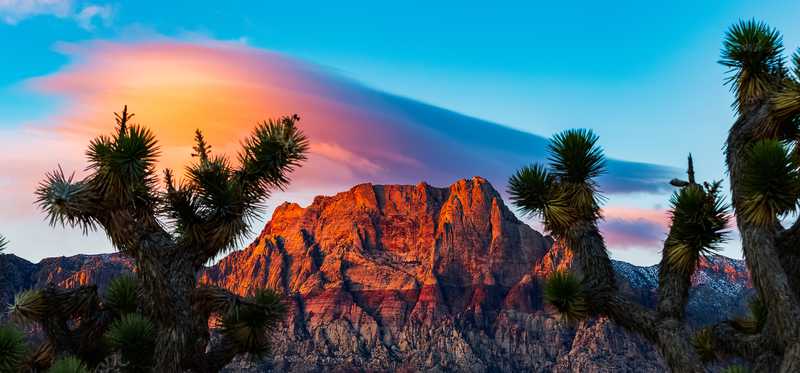
14. Northeastern Nevada
Like North Texas, northeastern Nevada is another region at high risk for fires. Its intense summer heat, droughts, and dry climate make it prone to fires. Thankfully this isn't a highly-populated area, meaning its property damage risk isn't as high as in areas like Reno or Las Vegas, but it could impact tens of thousands of homes over the next 30 years.
Previous
Next
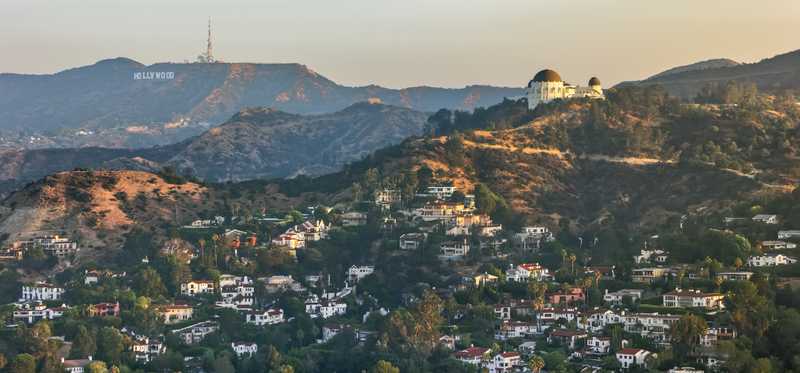
15. Los Angeles
Los Angeles has been plagued by wildfires before. The Woolsey Fire that hit the area in 2018 caused moderate to severe damage to 24,226 structures and killed over 100 people. While L.A. is considered less at risk than other more rural and densely forested areas of California's North, it's still at risk. And given its massive population, even a small fire can do big damage.
5 Stocks Under $49
Presented by Motley Fool Stock Advisor
We hear it over and over from investors, "I wish I had bought Amazon or Netflix when they were first recommended by The Motley Fool. I'd be sitting on a gold mine!" It's true, but we think these 5 other stocks are screaming buys. And you can buy them now for less than $49 a share! Click here to learn how you can grab a copy of "5 Growth Stocks Under $49" for FREE for a 1limited time only.
Previous
Next

Anything can happen this summer
While these markets are most at risk for general climate threats over the long term, really any real estate market along the coast or in the dryer climates to the west could be impacted by flooding, hurricanes, or wildfires -- the three biggest climate threats during the summer season.
Many insurance companies require additional insurance to provide protection. So, if you own property in these regions, make sure you have proper coverage to protect you from the heightened risk the summer brings.
The Motley Fool has a disclosure policy.
Previous
Next
Invest Smarter with The Motley Fool
Join Over Half a Million Premium Members Receiving…
- New Stock Picks Each Month
- Detailed Analysis of Companies
- Model Portfolios
- Live Streaming During Market Hours
- And Much More
READ MORE
HOW THE MOTLEY FOOL CAN HELP YOU
-
Premium Investing Guidance
Market beating stocks from our award-winning service
-
The Daily Upside Newsletter
Investment news and high-quality insights delivered straight to your inbox
-
Get Started Investing
You can do it. Successful investing in just a few steps
-
Win at Retirement
Secrets and strategies for the post-work life you want.
-
Find a Broker
Find the right brokerage account for you.
-
Listen to our Podcasts
Hear our experts take on stocks, the market, and how to invest.
Premium Investing Services
Invest better with The Motley Fool. Get stock recommendations, portfolio guidance, and more from The Motley Fool's premium services.